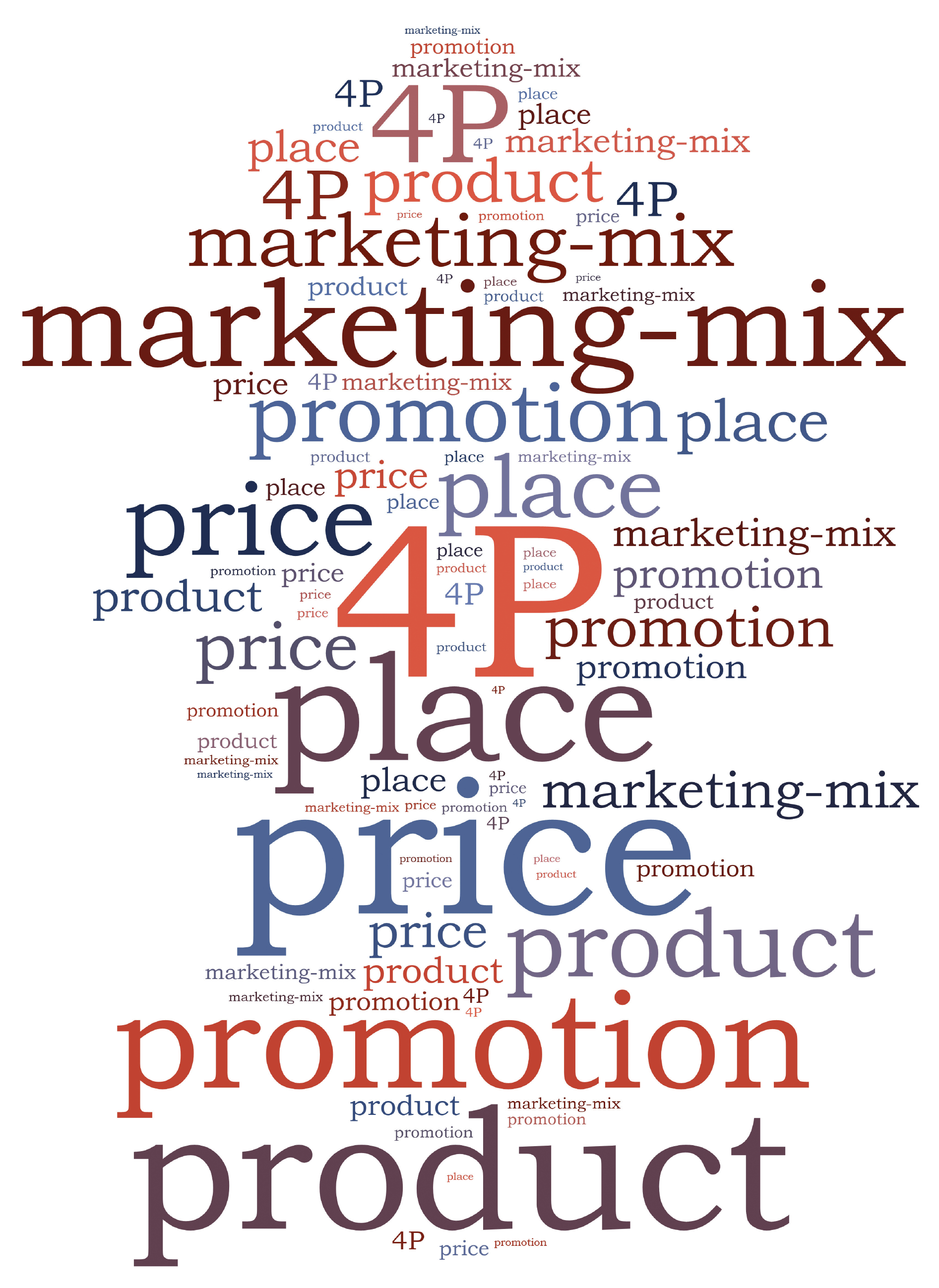So we’ve been talking about the 4P’s of marketing and how they relate to the world of continuing education. We’ve looked at Product, Place and now are going to examine Price. Of all the areas of marketing, pricing can be the most complicated, and most impactful. Get pricing wrong and it can cost you big time; get pricing right and it can pay off big time.
The trick is getting it right. If there was a single recipe for success in pricing your product, I would have sold that secret for a bazillion dollars and be jetting around the world in my private plane, not writing this blog. Struggling with pricing is something every marketer, every product owner, every business experiences. And while there have been countless books written on the topic, I am going to focus on developing a pricing strategy. Once you have a strategy, you’re in a better place to implement tactics to determine the best price for your product.
Now, there are numerous pricing strategies that companies employ. There is the cost/plus method of pricing where you determine your costs, tack on an additional X% and call it day. While this is a quick and easy pricing tactic there is a rather large drawback—lack of market awareness. Cost/plus pricing doesn’t take into account what the going price is for comparable products, and this market disconnect can mean that you are either overpricing or underpricing your products. Now, I’m not saying ignore your costs, just approach covering them differently. Rather than asking, “What price should we charge to cover our costs?” ask, “Given the price ranges in our market, what costs can we afford?”
Another pricing strategy is based on price-matching and essentially means looking at what your competitors charge and then pricing your products comparably. Now, my issue with this pricing strategy is twofold. First, it locks you into a perpetual cycle of one-upmanship. Whenever you competitor lowers their price or has a sale, you will feel pressured to do likewise, and your hard-earned profits will vanish. The other reason I dislike the price-matching pricing strategy is that it encourages your learners to directly compare you to your competitors. It makes it harder (if not impossible) for you to set your products apart and above those of your competitors. So while it is important to know what your competitors are charging, it shouldn’t be the sole factor dictating how you price your products.
So what sort of pricing strategy should you embrace? A pricing strategy based around value is a winning one. A value based strategy means focusing on how your product helps your customer solve a problem. So don’t ask, “What price is our customer willing to pay?” rather ask, “What value does this product bring to our customer’s life, and how can we communicate that value and thereby justify the price we are charging?”
Now, I can hear the groans already, “This is too hard! Our learners are so diverse how can we know what each one values in our product?” Well, if you paid attention to Part 1: Product you will have an idea of what your learners’ needs are, so it just becomes a matter communicating how your product meets those needs. For instance, the busy professional who needs a “Live Activity” credit but doesn’t have the time to travel to and attend a conference would be delighted to have the option to watch a live stream of the conference seminars and meet their “Live Activity” requirements that way. And, if you can communicate the value of the live streamed content and the savings your leaners will experience in both time and money (no costly flights, hotels or dinners) you can charge more for the live stream.
So as you think about pricing your CE products, determine what your underlying strategy is. This strategy is your “home base” so to speak, and will help guide the tactical decisions you make.
For more on pricing strategies check out these articles
How Should I Price the CE Content I Deliver: Part 1
https://inreachce.com/blog/part-1-how-should-i-price-the-ce-content-i-deliver/
How Should I Price the CE Content I Deliver: Part 2
https://inreachce.com/blog/part-2-how-should-i-price-the-ce-content-i-deliver/
Pricing Online Learning






